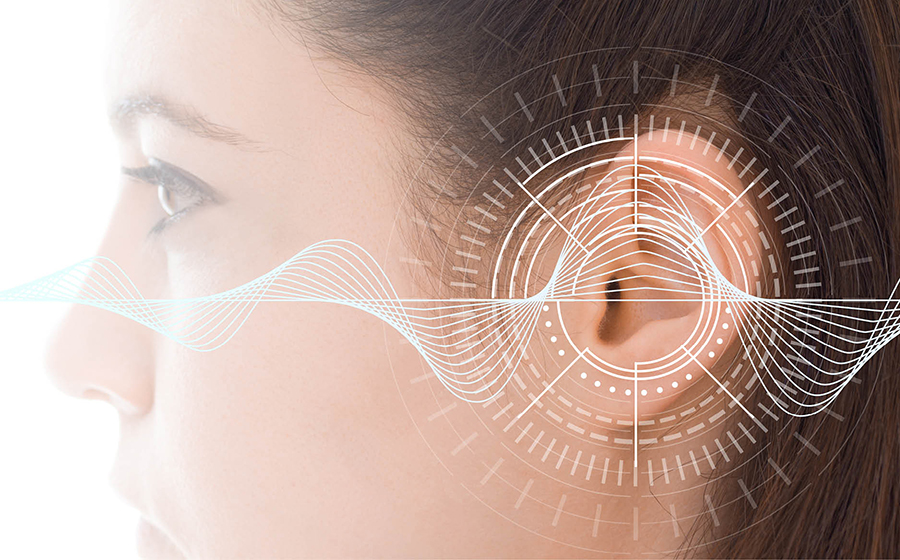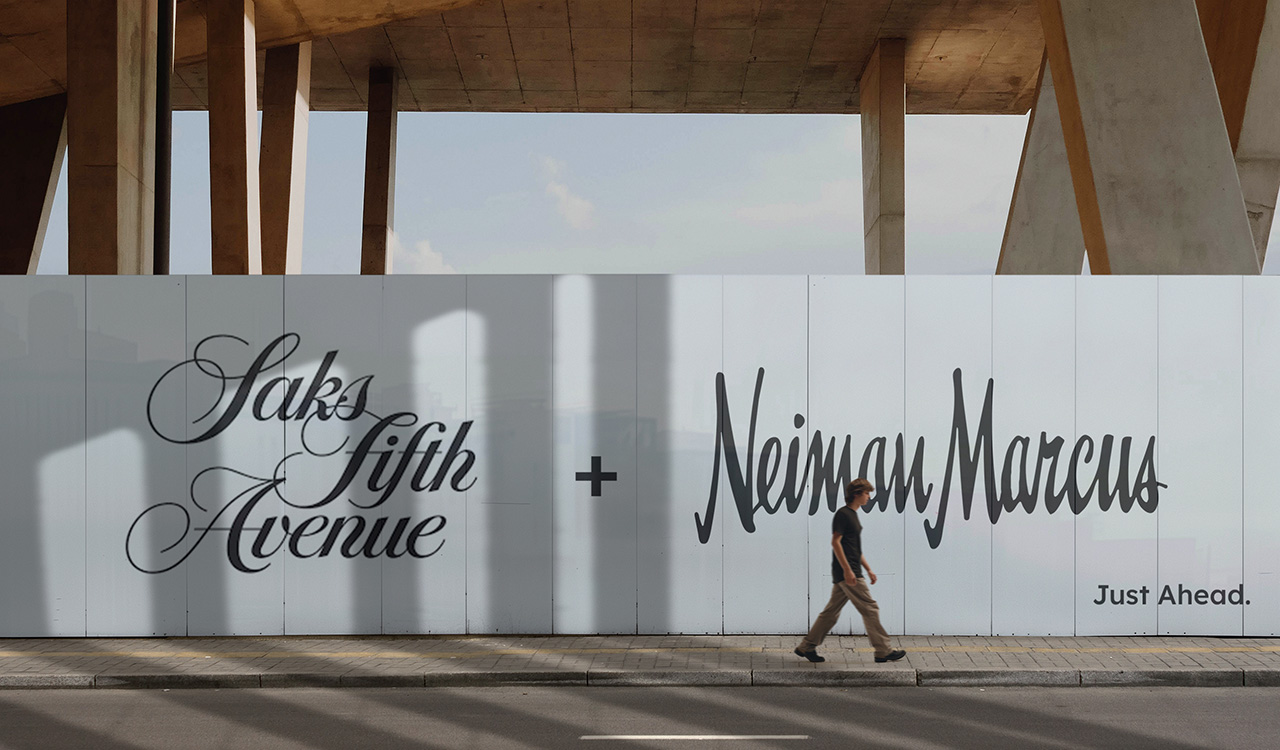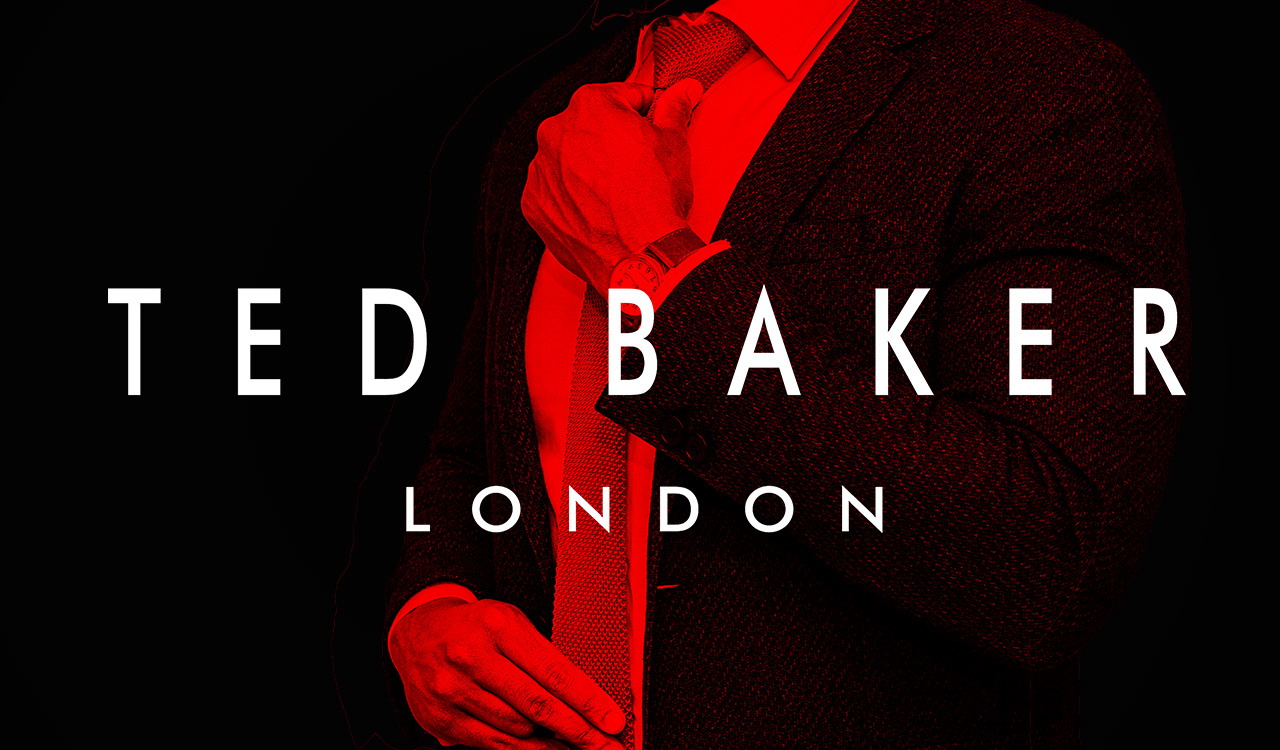Back in 1974, Wilson Bryan Key published Subliminal Seduction exposing the ways marketers use subconscious images to manipulate consumers, like the word \”sex\” hidden in ice cubes in a liquor ad.
The book was filled with lots of examples of what Key identified as subliminal seduction techniques. But many dismissed them as sensational junk science, since he was unable to prove that the messages he discovered were intentional, not just a trick of the viewer\’s eye. Regardless, the book put all on notice that much of consumers\’ decision-making takes place in the subconscious mind. Marketers started asking the question: How can we exploit the subconscious to get consumers to make the conscious decision to buy?
Since that time, many researchers have studied the workings of the mind and the role of the subconscious in rational decision-making, leading to the seminal work of Noble Prize winner Professor Daniel Kahneman and his book, Thinking Fast and Slow. In it, he describes two systems that control thinking and decision-making: System 1, which is fast, intuitive and emotional; and System 2, which is slower, deliberate, and logical. He found that 95 percent of human decision-making takes place in the subconscious System 1.
The race was then on for brands to tap the extraordinary power of the subconscious mind and find new ways to subliminally seduce consumers. Now, instead of hidden messages in words and pictures, a new tactic is to use sound to tickle the imagination and stimulate a reflexive impulse to buy.
It\’s called sonic branding and to make it irresistible to contemporary marketers, it comes with a new acronym ASMR -Autonomous Sensory Meridian Response. It means \”the experience of tingling sensations in the crown of the head, in response to a range of audio-visual triggers, such as whispering, tapping, and hand movements.\” Michelob pulled out all the ASMR stops in its Michelob ULTRA Pure Gold commercial on the Super Bowl featuring Zoe Kravitz tapping, whispering and pouring a glass of Pure Gold in a tropical setting.
Of course, there is nothing new about using sound to sell. Ancient marketplaces and bazaars were filled with merchants singing songs to lure shoppers to their wares. In 17th century Dublin, fishmonger Molly Malone plied her trade of cockles and mussels in song. Even today you can occasionally hear enterprising merchants singing or chanting their way to more sales at farmer\’s markets.
With the advent of radio and television, marketers have been using jingles and song to make a brand memorable, like the Alka Seltzer \”Plop Plop Fizz Fizz\” or Rice Crispies \”Snap, Crackle and Pop.\”
But as marketing became more sophisticated, using such simplistic forms of sonic branding started to look old-fashioned. An executive at Farmers Insurance told me when the advertising agency presented the \”We are Farmers! Bum ba-dum bum bum bum bum\” jingle, they all thought it hookey. But wiser minds prevailed and today everyone knows and remembers Farmers thanks to those few notes.
Marketers and retailers are finally waking up to the power of sonic branding. \”The strategic use of sound can play an important role in positively differentiating a product or service, enhancing recall, creating preference, building trust, and even increasing sales,\” Laurence Minsky and Colleen Fahey wrote in Harvard Business Review.
Sonic marketing comes in three forms – voice, music and distinctive auditory stimuli -and here are some ways retailers can use them more strategically:
- Voice communicates subconsciously and consciously
Spoken words communicate marketing messages explicitly – Arby\’s, We Have the Meats – but they become more powerful when delivered by a distinctive voice. In the case of Arby\’s, it\’s the deep golden-throated character actor Ving Rhames, often mistaken for James Earl Jones who lends his voice to CNN.
With voice communication so important today, think telephone message systems and call centers, retailers need to pay special attention to the voices on the other end of the line.
\”Some of the world\’s biggest companies invest millions of pounds each year ensuring that the way their brands look and feel reflect the values and beliefs of the brand,\” said Ian Turner, Northern European General Manager for business speech consultant Nuance. \”Yet, very few organizations actually think about how their brand speaks despite the fact that the vast majority of customer service communication and advertising is based on listening.\”
For retailers it\’s not just the words in the telephone scripts that are important, but the way those words are delivered by the human voice. \”It is important to think of the vocal experience of the brand,\” explains Julian Treasure, founder of the Sound Agency and author of How to Speak so that People Want to Listen.
\”For example, do the voices on the other end of the line come off as fast and excitable or laid back and calm? Are they polite or cheeky? It is important to deliver a consistent brand experience in words and sounds that matches the promise you\’re making in marketing communications,\” Treasure continues.
- Music delivers the heartbeat to a brand
Since the 60s, brands have been licensing popular songs for advertising, but the high cost of licensing such tunes has given way to more brands creating their own songs, like Farmers Insurance, hearkening back to the early days of corporate jingles.
\”Audio makes people feel things, and that\’s what makes it such a powerful medium for brands,\” said Matt Lieber, co-founder and president, Gimlet Media. \”With the explosion of podcasts, music streaming, and smart speakers, an audio strategy is no longer a \’nice-to-have\’ for brands – it\’s a necessity. A sonic identity- the audio calling card for a brand – is now just as important as a brand\’s visual identity.\”
One brand that has done some serious thinking about the power of sound to make a connection with consumers is Mastercard. \”Sound adds a powerful new dimension to our brand identity and a critical component to how people recognize Mastercard today and in the future,\” said Raja Rajamannar, Mastercard\’s chief marketing and communications officer, as he introduced the brand\’s new sonic identity. \”We set out an ambitious goal to produce the Mastercard melody in a way that\’s distinct and authentic, yet adaptable globally and across genres.\”
Having a musical brand identity is equally important for a retailer. Music played in stores can often be a sensory assault when shopping rather than a pleasure, like the Christmas songs soon to be blasted on endless loops everywhere. Abercrombie & Fitch uses loud music as much to attract the customers it wants (young ones) as to turn away those it doesn\’t (old ones). Too often, the music played in stores is an afterthought, or maybe given no thought, rather than chosen strategically to keep people in the store longer and make them spend more.
There are some well-researched guidelines about how retailers should program music in the shopping environment. For example, slow music is better than fast. Slow music encourages shoppers to move more slowly through the store and to spend more time picking things up, touching and interacting in the environment. Fast music tends to make them move faster, so they quickly get what they want and move out. Since higher retail sales are directly correlated to how much time people spend in the store, slower-paced music should be the choice.
It is the same with volume. Loud music, just like fast music, encourages people to move quickly to get out. Soft music creates a comfortable environment encouraging a shopper to spend more time there. For luxury retailers and those retailers that want to drive more high-end purchases, classical music has been found to make people more willing to trade up in price.
- Distinctive sound effects are like Pavlov\’s bell
Every introductory psychology class covers Pavlov\’s dog and bell experiment where he conditioned dogs to associate food with the ringing of a bell, so that after a little while just hearing the bell made the dogs salivate in anticipation of food. Where music ends and distinctive sound effects begin in the realm of sonic branding, I am not sure, but it may be only a matter of length or the number of notes. For example, Intel\’s four-note chime or a Mac\’s start-up chord are audio logos that signal to the user that something exciting is about to happen.
British multinational bank HSBC has recently undergone a complete brand refresh which includes an audio sound identity created by French composer Jean-Michel Jarre. A series of seven different soundtracks have been created for use in different ads, along with a distinctive \”mnemonic\” ring tone that represents the brand online and in branch offices. That ring tone is used to alert customers that a clerk is available to help them. It is also used to engage online users when its app is opened and a transaction completed. In addition, one branded soundtrack, called Mindfulness, is designed to be played to soothe and calm branch customers waiting in line.
Retailers large and small could take a hint from HSBC to think of ways to incorporate distinctive sound notes and ring tones into their websites, mobile apps, and in-store. For example, a branded ringtone could be used upon completion of a transaction or upon opening the website or app. It could also be used in-store to signal that help is needed on the floor or in the dressing room.
And rather than have a bell at the door to notify staff that a customer has arrived, why not use a distinctive ringtone instead. \”These audio dimensions of your store brand can linger in people\’s brains forever,\” Treasure said.
Retailers need to think creatively and strategically about sound
Retailers have traditionally hit the visual sense hard, but have largely failed to incorporate other senses, like sound, effectively. \”For retailers, a visually dominant store atmosphere should be designed more in the direction of a multi-sensory atmosphere in offering shoppers more appealing experiences of the retail setting,\” write researchers Miralem Helmefalk and Bertil Hultén, Ph.D. at Linneaus University in Sweden In an article published in the Journal of Retailing and Consumers Services.
They cite research that demonstrates \”a positive effect of multi-sensory congruent cues on shoppers\’ emotions, through valence and purchase behavior, through time spent in the store and purchase.\” In plain English, this means the effective use of music and sonic branding can extend the retailers\’ connection into the customers\’ subconscious in a way that will encourage them to spend more time and more money in the store. It fixes the retailer into people\’s memories. It can make them feel more comfortable and enjoy the time spent in the store more. This, in turn, will encourage them to return again to experience that same pleasant feeling.
Sonic branding is too powerful a force to leave up to chance or as Treasure says, \”Good sound is good business.\” The right music in-store and the right sounds communicated online or in mobile apps influence memory, emotion, movement and action.
\”We need to think carefully about every touchpoint throughout the customer experience, and ask the question, \’Is the sonic dimension consistent with that?\’\” Treasure asserts. \”Is it reinforcing our brand values, expressing our brand personality? We have to go back to the heart of the brand and make sure the values, personality, and all else developed around the brand are properly expressed. One of the most important dimensions for a retailer is expressed through sound.\”
For retailers to use sonic branding effectively they need to think beyond random soundtracks chosen by the store manager in the morning and create a symphony of sound that captures the heart and soul of the brand.
\”If you want people to feel comfortable, unencumbered and unfettered in the store, it comes down to providing cheerful, pleasant sounds in the background that don\’t assault the listener. Retailers can start by asking the question: how does our brand sound?\” says Treasure.




